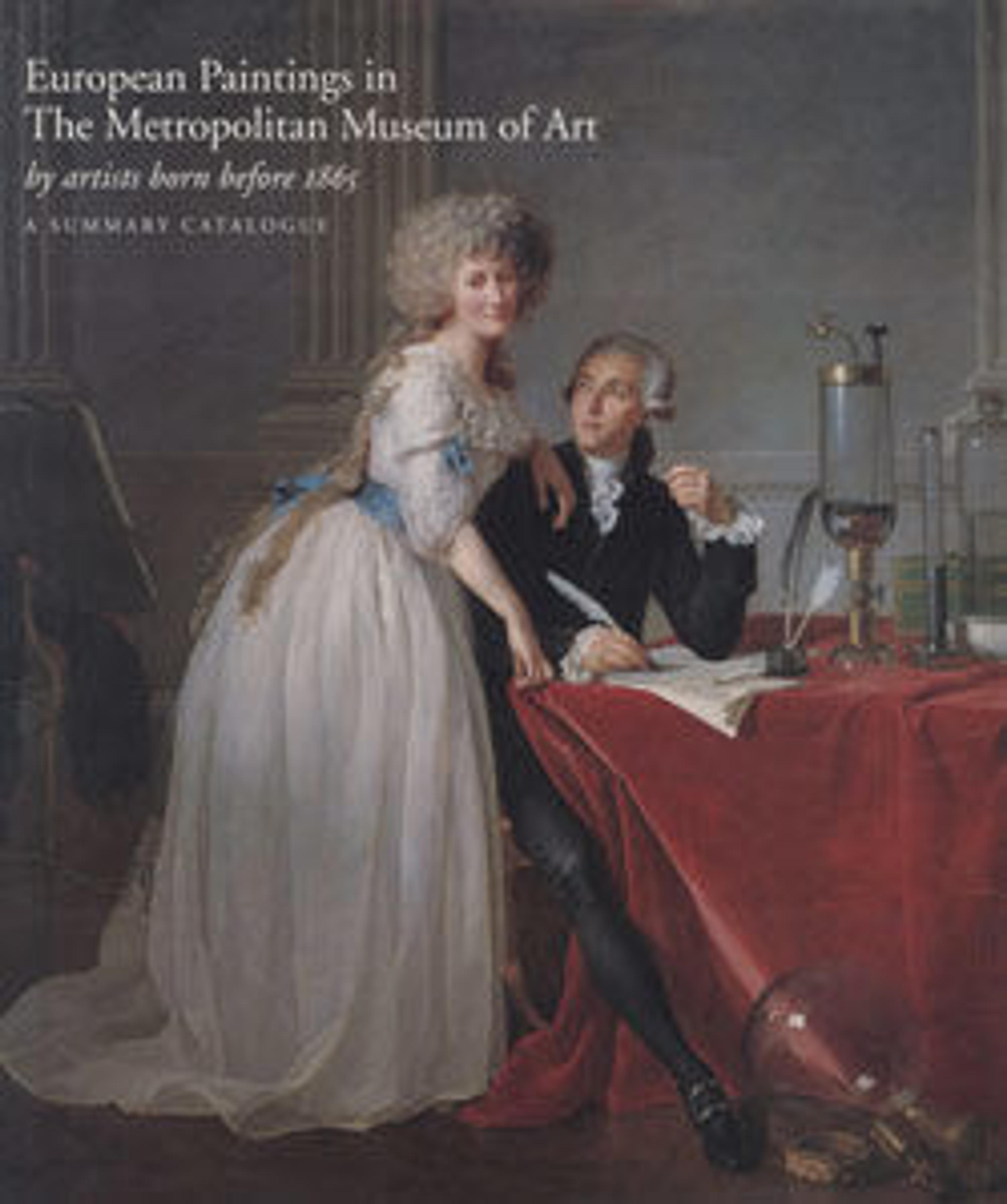Peasant Woman Cooking by a Fireplace
This work was made in Nuenen in late spring 1885, just after Van Gogh completed The Potato Eaters (Van Gogh Museum, Amsterdam), in the same dark hues that reminded the artist of "green soap" or "a really dusty potato, unpeeled of course." Van Gogh was "convinced that in the long run it produces better results to paint [peasants] in their coarseness than to introduce conventional sweetness… If a peasant painting smells of bacon, smoke, potato steam—fine—that’s not unhealthy—if a stable smells of manure—very well, that’s what a stable’s for."
Artwork Details
- Title:Peasant Woman Cooking by a Fireplace
- Artist:Vincent van Gogh (Dutch, Zundert 1853–1890 Auvers-sur-Oise)
- Date:1885
- Medium:Oil on canvas
- Dimensions:17 3/8 x 15 in. (44.1 x 38.1 cm)
- Classification:Paintings
- Credit Line:Gift of Mr. and Mrs. Mortimer Hays, 1984
- Object Number:1984.393
- Curatorial Department: European Paintings
More Artwork
Research Resources
The Met provides unparalleled resources for research and welcomes an international community of students and scholars. The Met's Open Access API is where creators and researchers can connect to the The Met collection. Open Access data and public domain images are available for unrestricted commercial and noncommercial use without permission or fee.
To request images under copyright and other restrictions, please use this Image Request form.
Feedback
We continue to research and examine historical and cultural context for objects in The Met collection. If you have comments or questions about this object record, please contact us using the form below. The Museum looks forward to receiving your comments.
